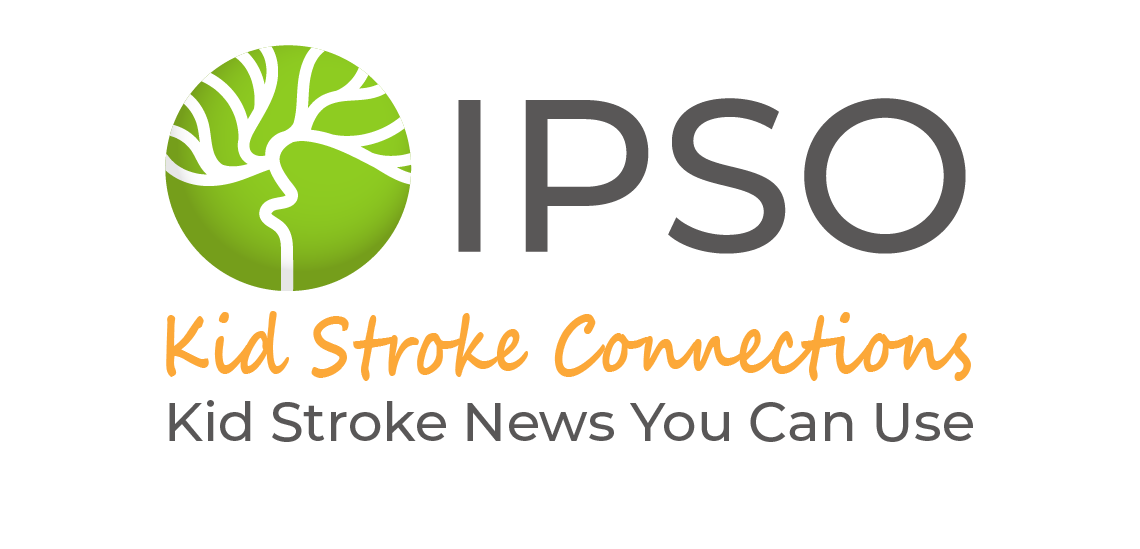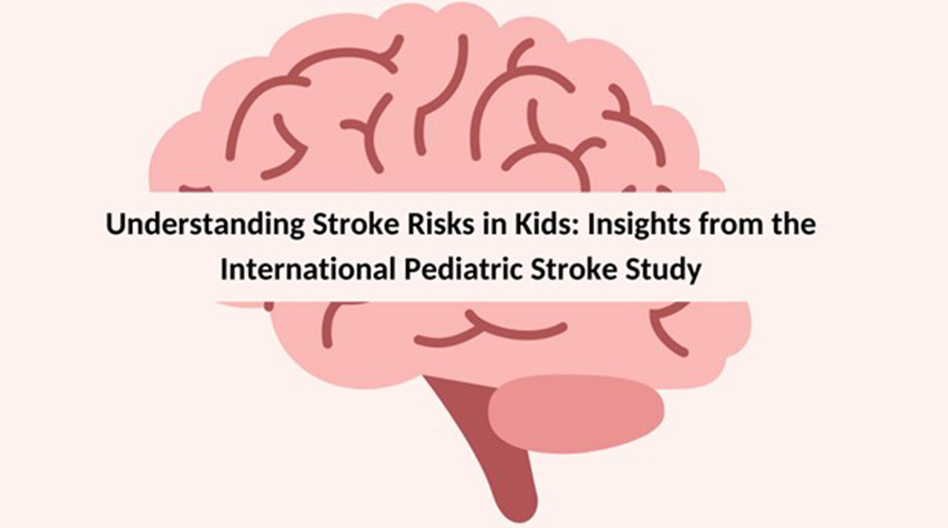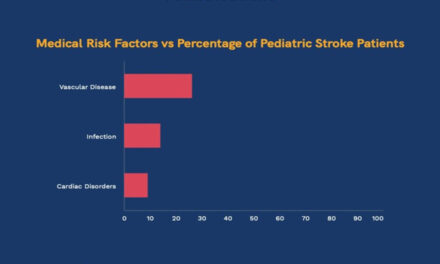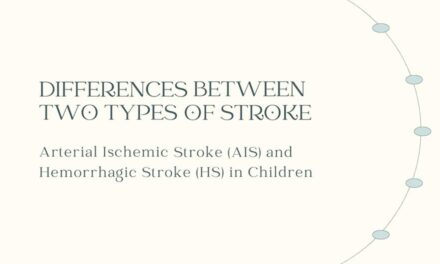This study aimed to explore the causes of arterial ischemic stroke (AIS) in children. This condition occurs when a blocked artery prevents blood from reaching the brain. The study also aimed to find out how these causes relate to the child’s age, where they live, and the type of stroke they have.
Researchers looked at 676 children, aged 29 days to 18 years, who were part of the International Pediatric Stroke Study. They organized the risk factors into ten categories and examined how often these factors showed up in different places and age groups. They also examined whether risk factors were connected to specific stroke signs or how the stroke appeared in medical images.

The study found that 54 children (9%) had no apparent risk factors. For the others, the most common risk factors were abnormal blood vessels (53%), heart issues (31%), infections (24%), recent head or neck problems (23%), new serious health conditions (22%), ongoing health issues (19%), blood clotting problems (13%), long-term head or neck issues (10%), and hardening of the arteries (2%).
Some children had multiple risk factors, which varied by region. For example, blood vessel problems (also called arteriopathies) were less common in Asia, while heart issues and serious health conditions were more common in Europe and Asia. Risk factors also changed with age: heart issues and serious health conditions were most common in young children, blood vessel problems were more common in kids aged 5 to 9, and long-term head or neck issues were most common in kids aged 10 to 14. Arteriopathies were linked to stroke signs in one area of the brain. Serious health conditions, long-term head or neck problems, and recent head or neck issues were related to more widespread stroke signs. Additionally, blood vessel problems, ongoing health issues, and serious health conditions were connected to multiple strokes, while heart issues were related to bleeding in the brain.
The study showed that risk factors, especially blood vessel problems, are common in childhood AIS. Understanding how these factors differ by age and location can help improve how we investigate and prevent strokes in children.
Reference: Mackay, Mark T et al. “Arterial ischemic stroke risk factors: the International Pediatric Stroke Study.” Annals of Neurology vol. 69,1 (2011): 130-40. doi:10.1002/ana.22224
Abstract Translation: Sanjana Sivakumar Pre-Medical 
Sanjana Sivakumar is a recent graduate of the University of California, Los Angeles (UCLA), where she earned a Bachelor of Science in Neuroscience. She is a highly motivated and curious individual with a passion for exploring various topics in science and medicine. Her long-term goal is to pursue a career in medicine, specifically in family medicine and pediatrics. In her free time, Sanjana enjoys photography, reading, and playing the violin.
Graphics: Sanjana Sivakumar
Medical Editor: Janette Mailo, MD
Junior Editor: Natalie Mahgerefteh



